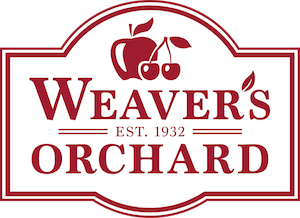April can be a deceptive month for gardeners. Warm, sunny days tempt you to start preparing your garden for the summer — but then an unexpected cold snap can serve as a reminder that it’s not quite time for frost-free planting yet. Feeling the urge to garden in April? Read on for tips on what you can (and can’t) do in your garden now!
So what can you do when you feel the urge to garden in April?
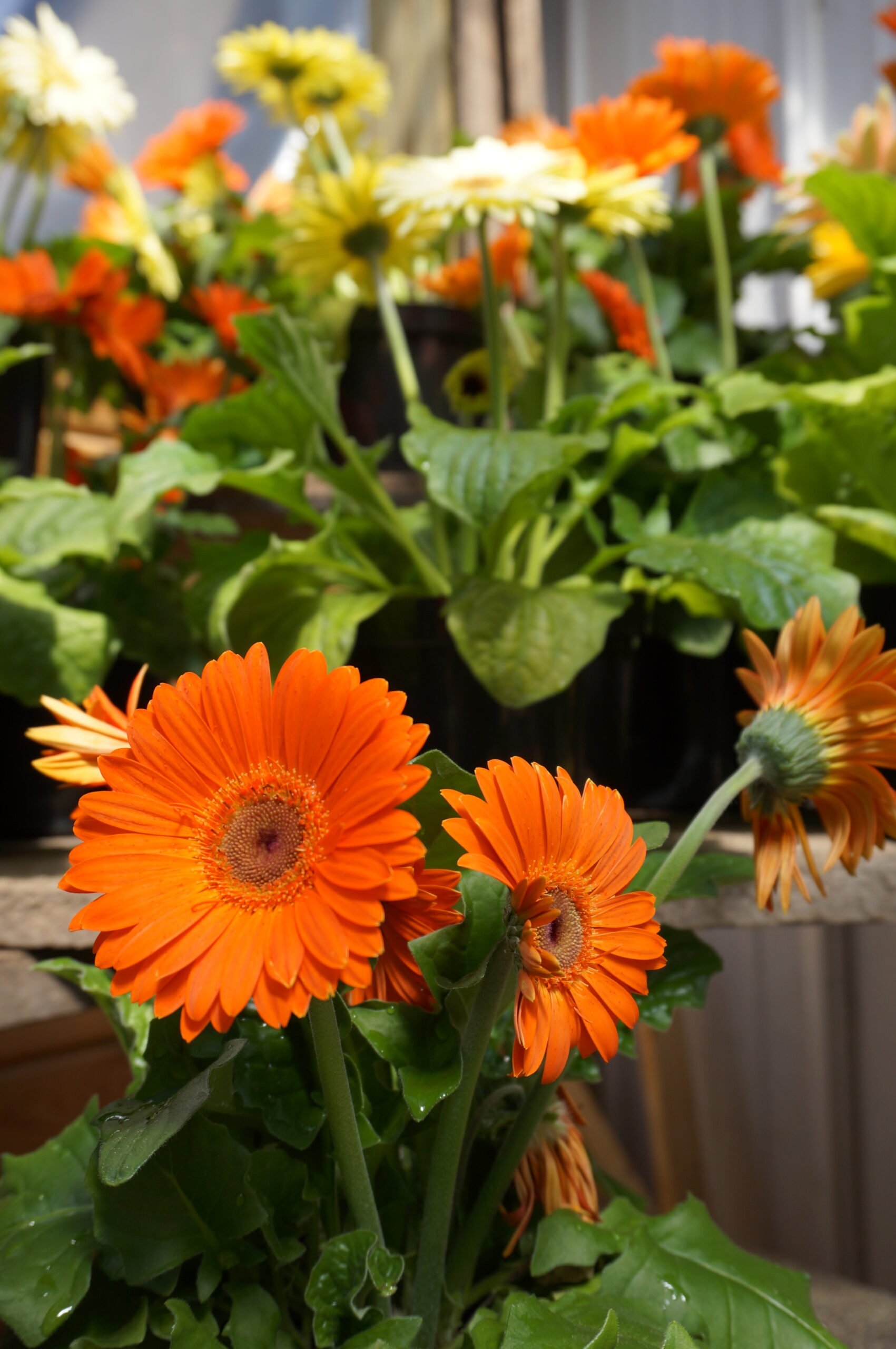
1. Design a planter and bring any particularly frost sensitive plants inside on cold nights. (Pansies are very hardy, but do need to be covered or to come inside if temps dip below about 25 degrees). Gerber daisies prefer temperatures between 50-68 degrees Fahrenheit and should be brought indoors if temperatures are below 41 degrees F.
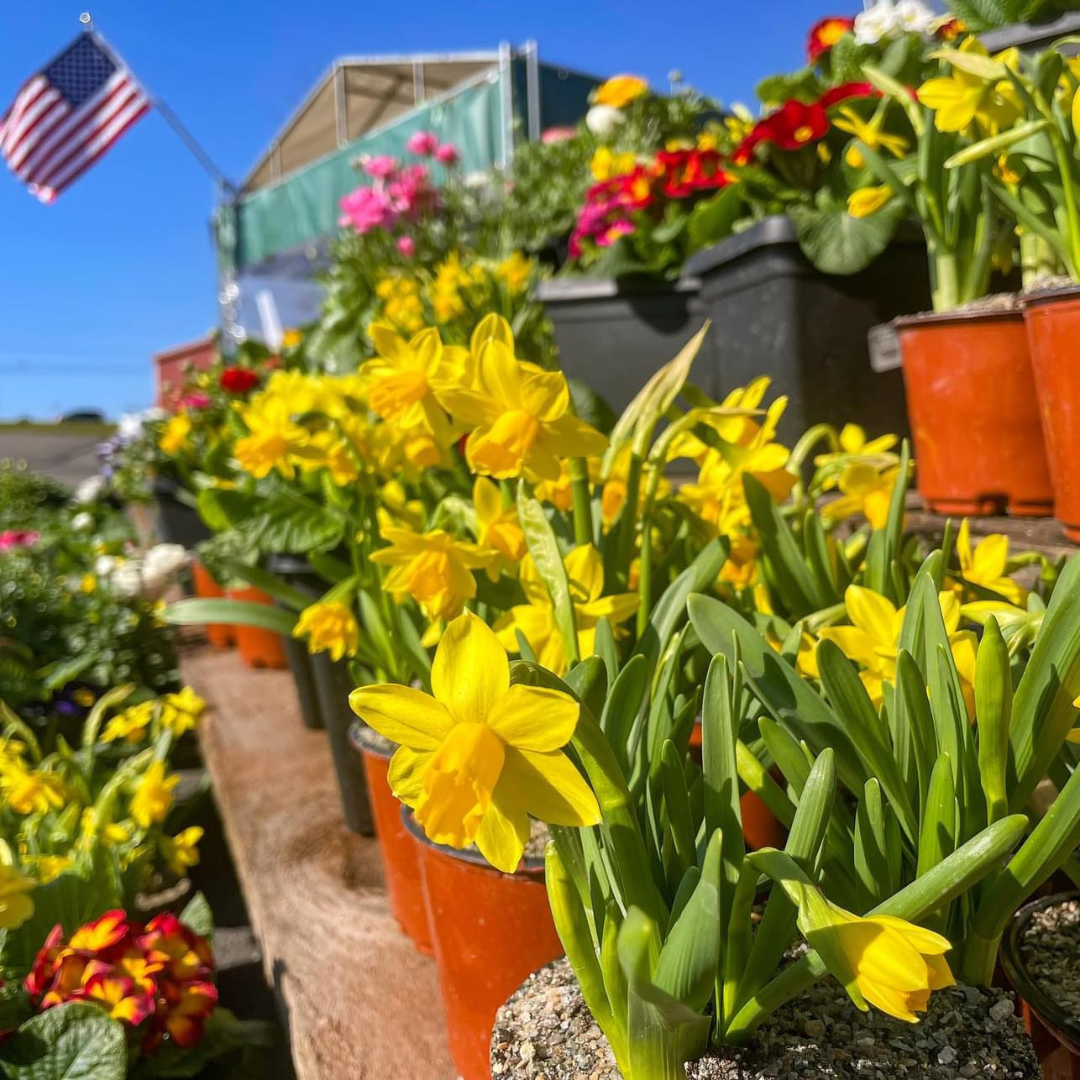
2. Plant hardy spring flowers like pansies, daffodils and tulips.
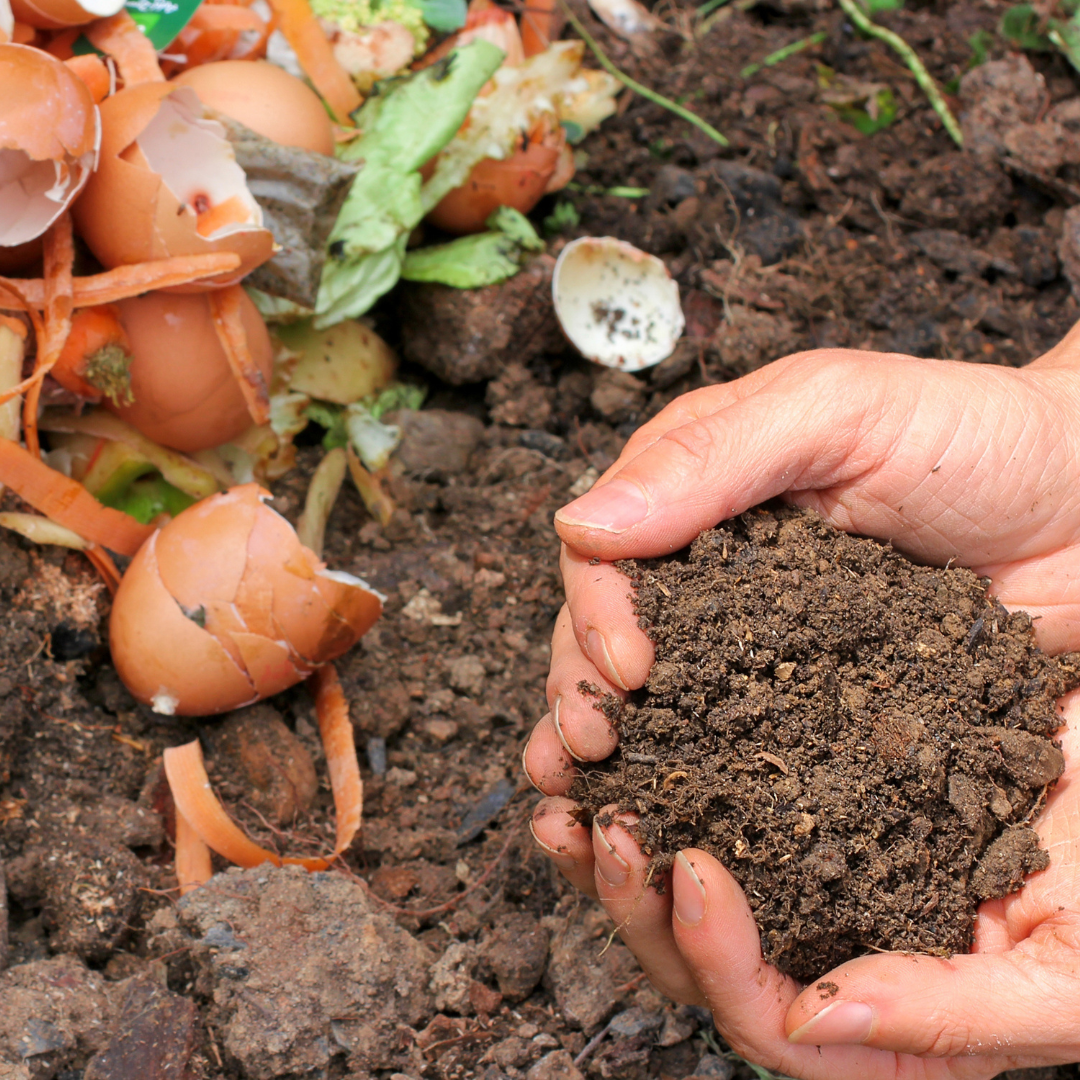
3. Keep composting!
Compost kitchen scraps and mix a variety of “green” matter (like fruit and veggie scraps) and “brown” compost items, like leaves, newspaper, paper towels, etc.)
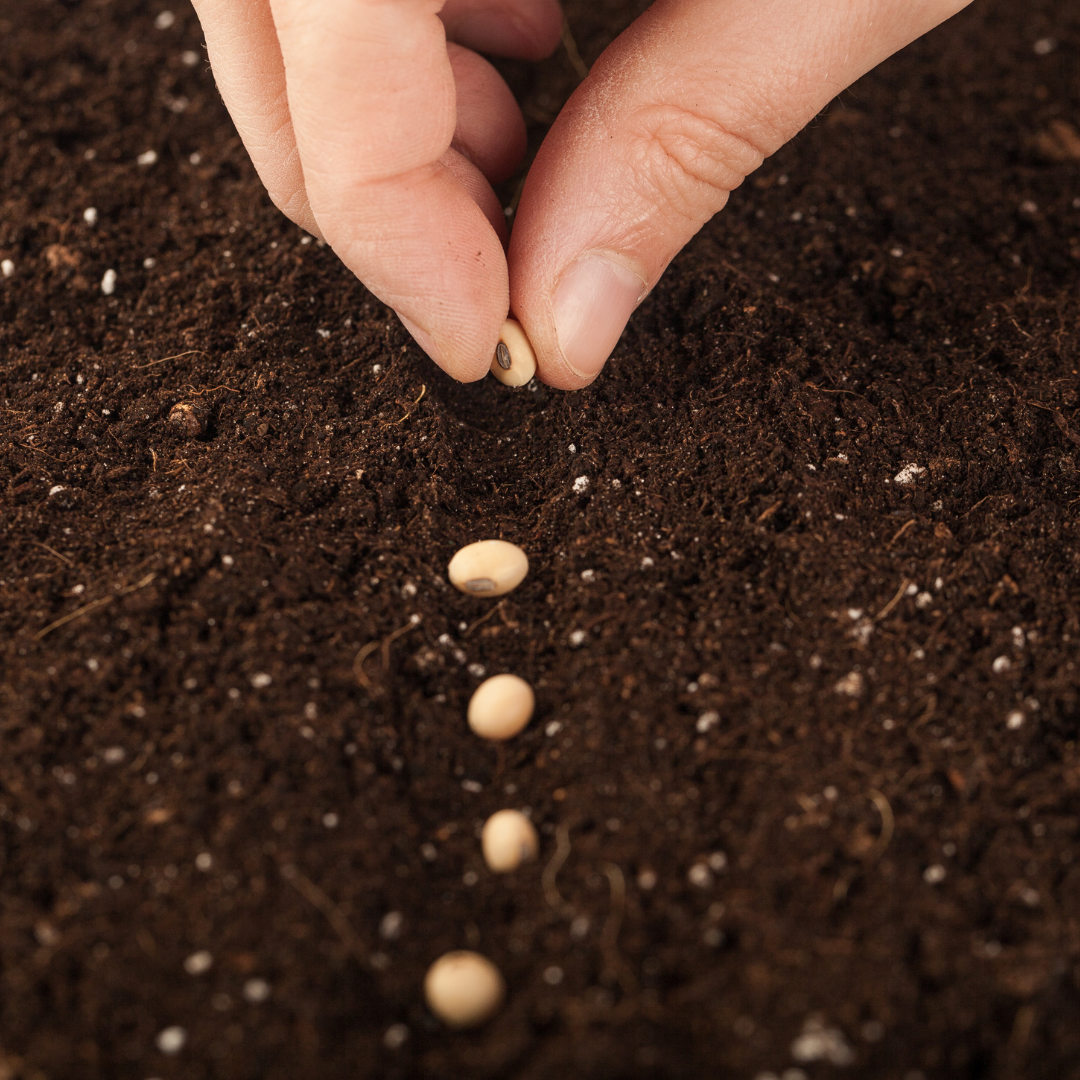
4. Plant hardy vegetables like beans, peas, onions, garlic, Swiss chard, lettuce, radishes and cabbage. These can be direct-sown in March or April. (Check this guide from the Master Gardeners to be sure).
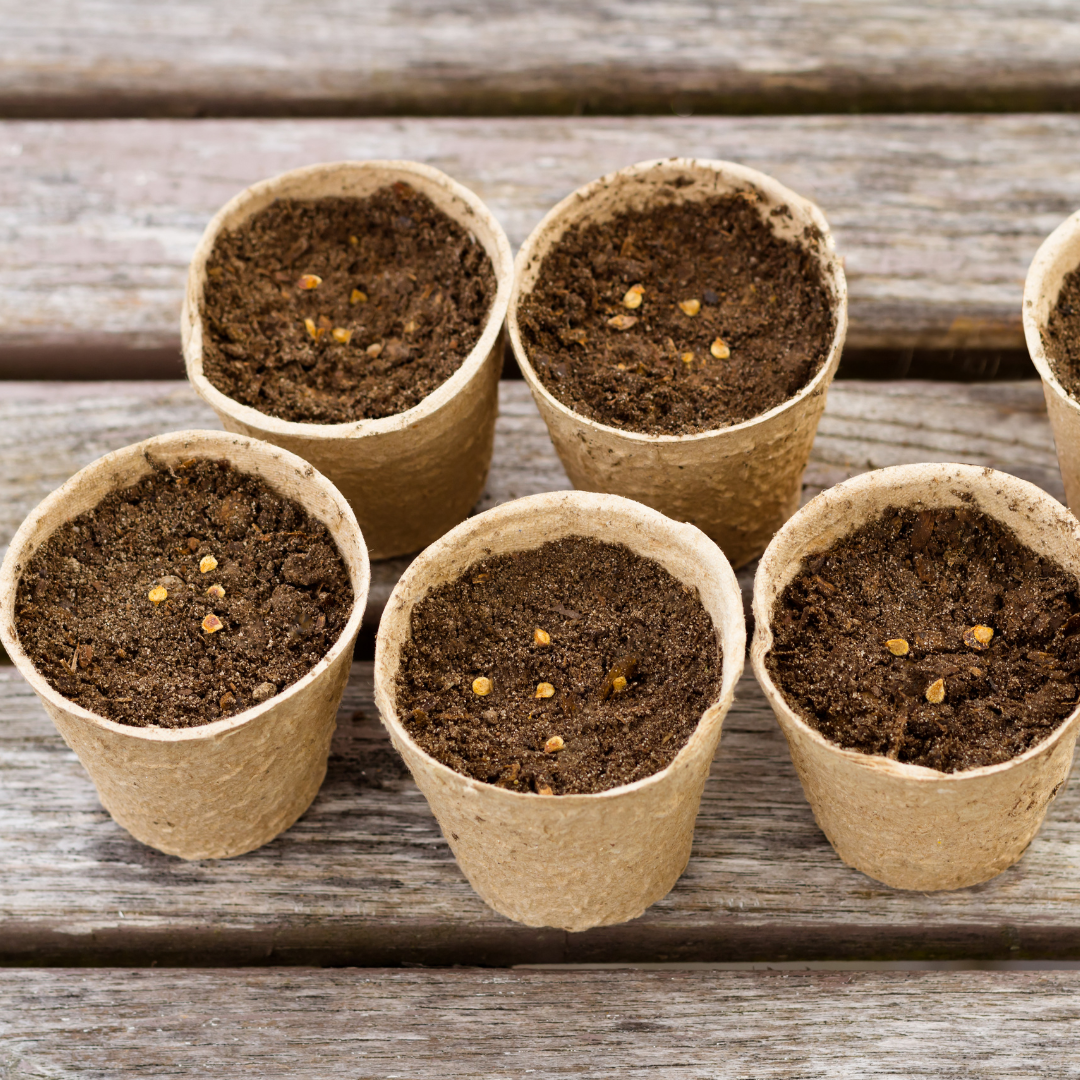
5. Plant seeds indoors. Be sure to use pots with good drainage. Most of the time, plants sown in biodegradable pots still have to be removed from the pot prior to planting, but then the pots can be composted and cuts down on the use of plastics. These should be started 6-8 weeks before you plant them outdoors.
What shouldn’t you do in your garden in April?
1. Don’t plant the majority of your fruits and vegetable plants (like melons, cucumbers, tomatoes, etc.) until the frost-free date (around May 10th-15th for most of Berks County).

2. Don’t clear the leaves and brush until you see bumblebees and honeybees emerge. Bumble bee queens burrow underground usually under a blanket of leaves for added insulation during the cold winter months. Help them out by leaving your leaves just a little longer this spring! Bumble bees visit twice as many flowers and fly in colder temperatures than honeybees. We have habitats around our orchard for bumblebees as well as honeybees.
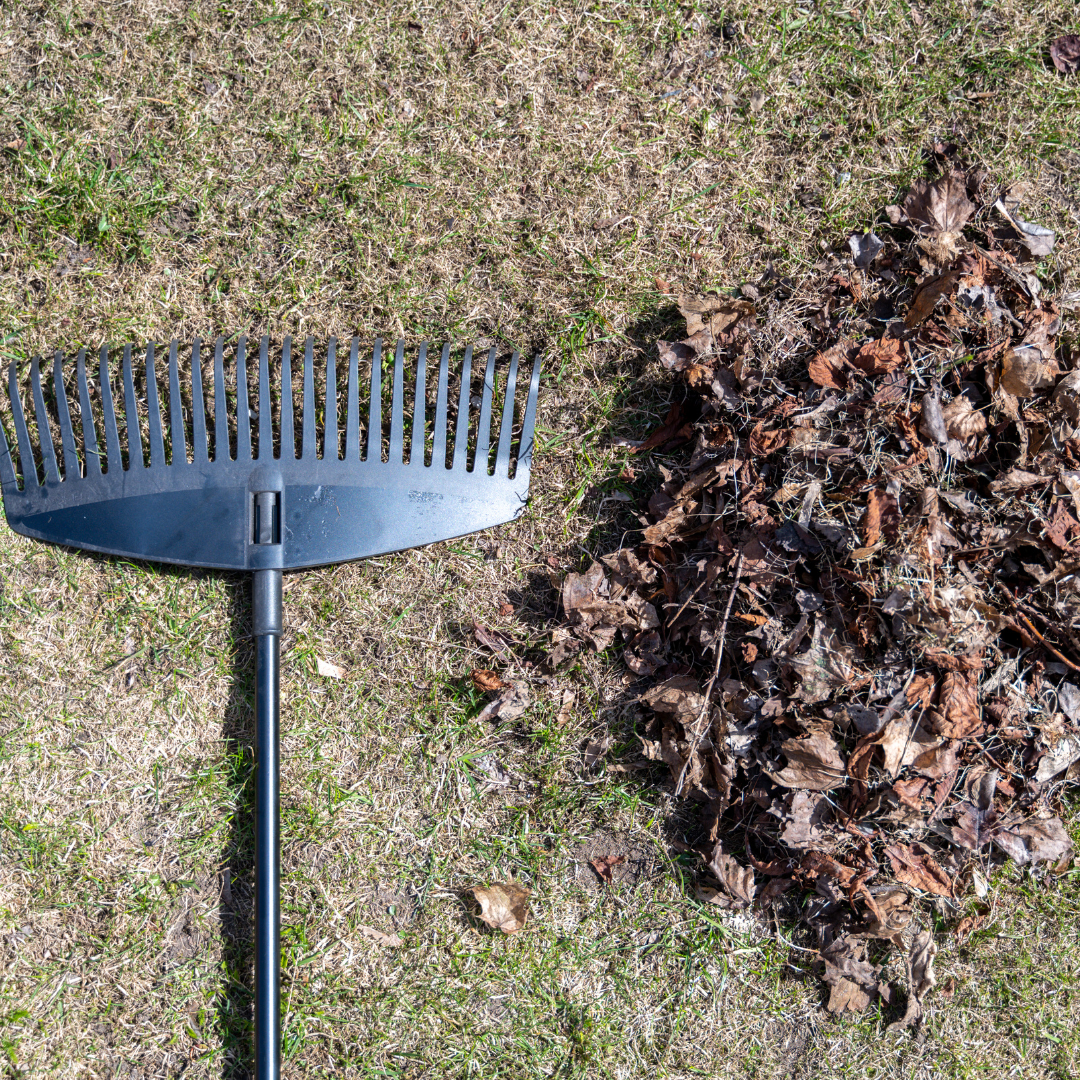
3. Don’t plant annuals yet – wait until the frost-free date, typically around May 10th-15th in our area. For now, keep them in pots and bring them inside if it gets too cold.
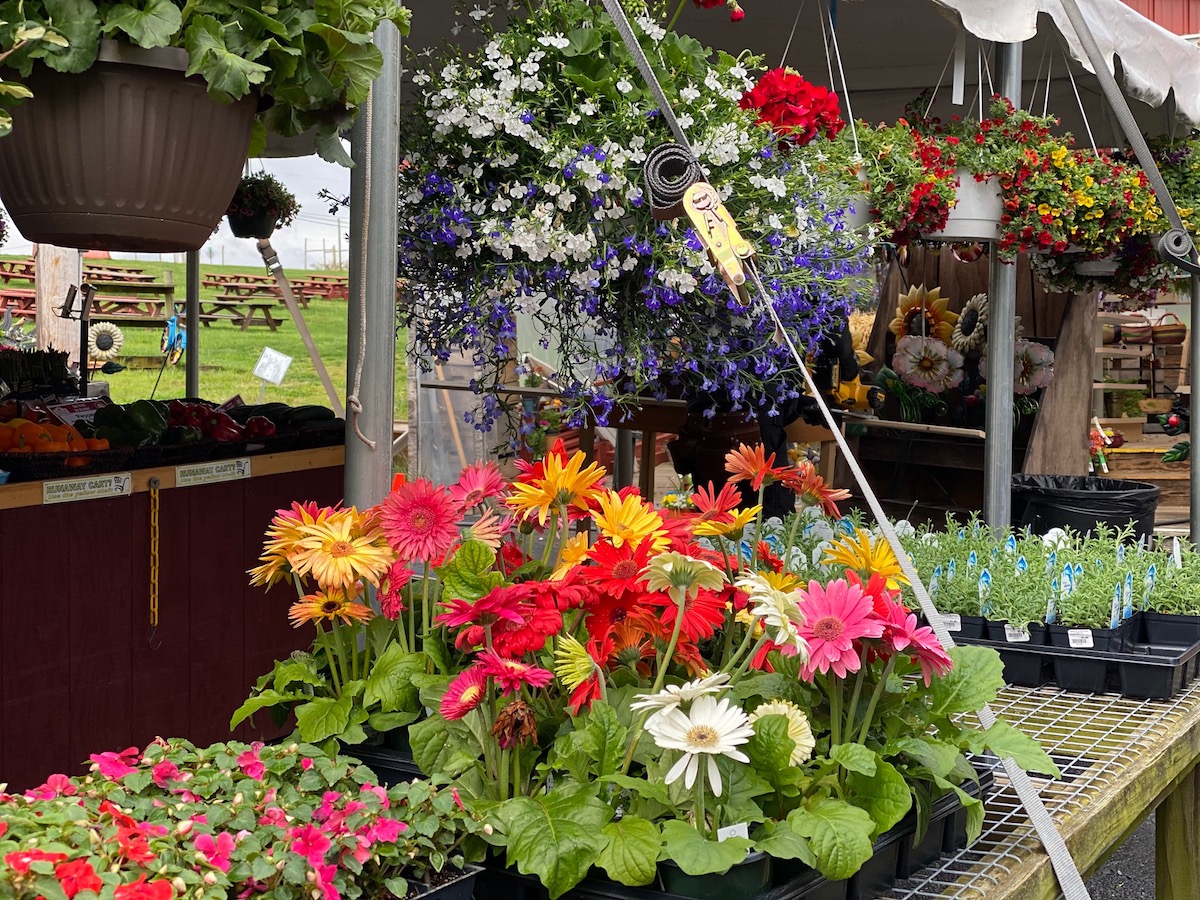
Visit our garden center to find a variety of plants, seeds, soil and supplies you need to get your garden started this spring!
